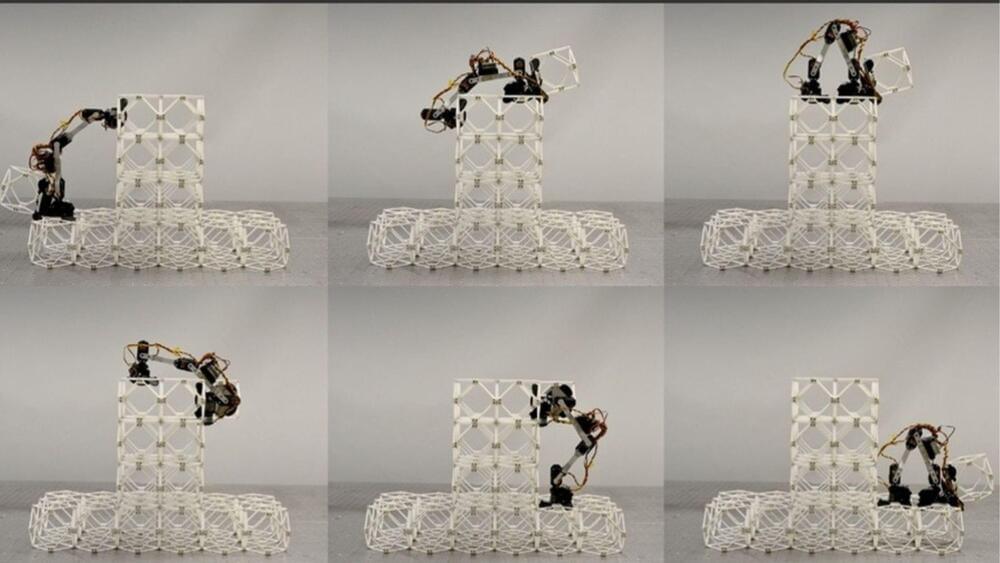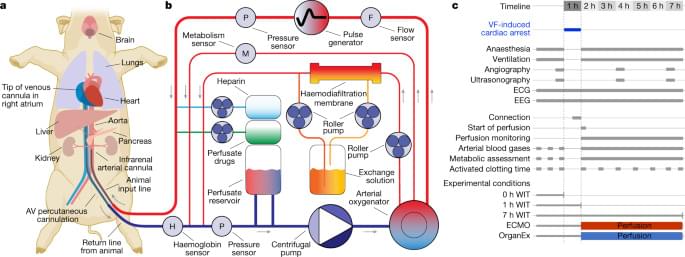The future we’ve been waiting for is a little closer.
Recent information from the Defense Advanced Research Projects Agency (DARPA) has revealed that the Pentagon has indeed continued to pursue military-equipped jetpacks.
And now, they seem closer than ever to achieving their goal as they have already awarded contracts to companies to build test prototypes.









